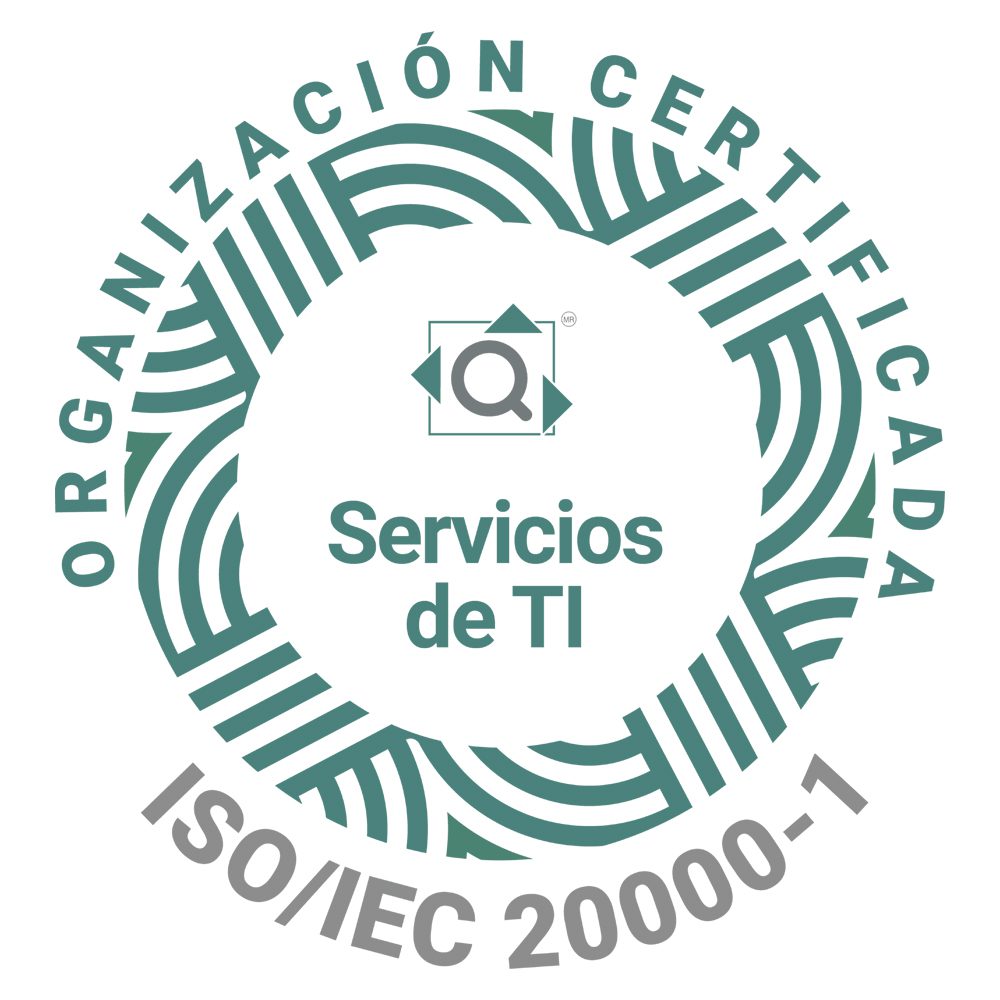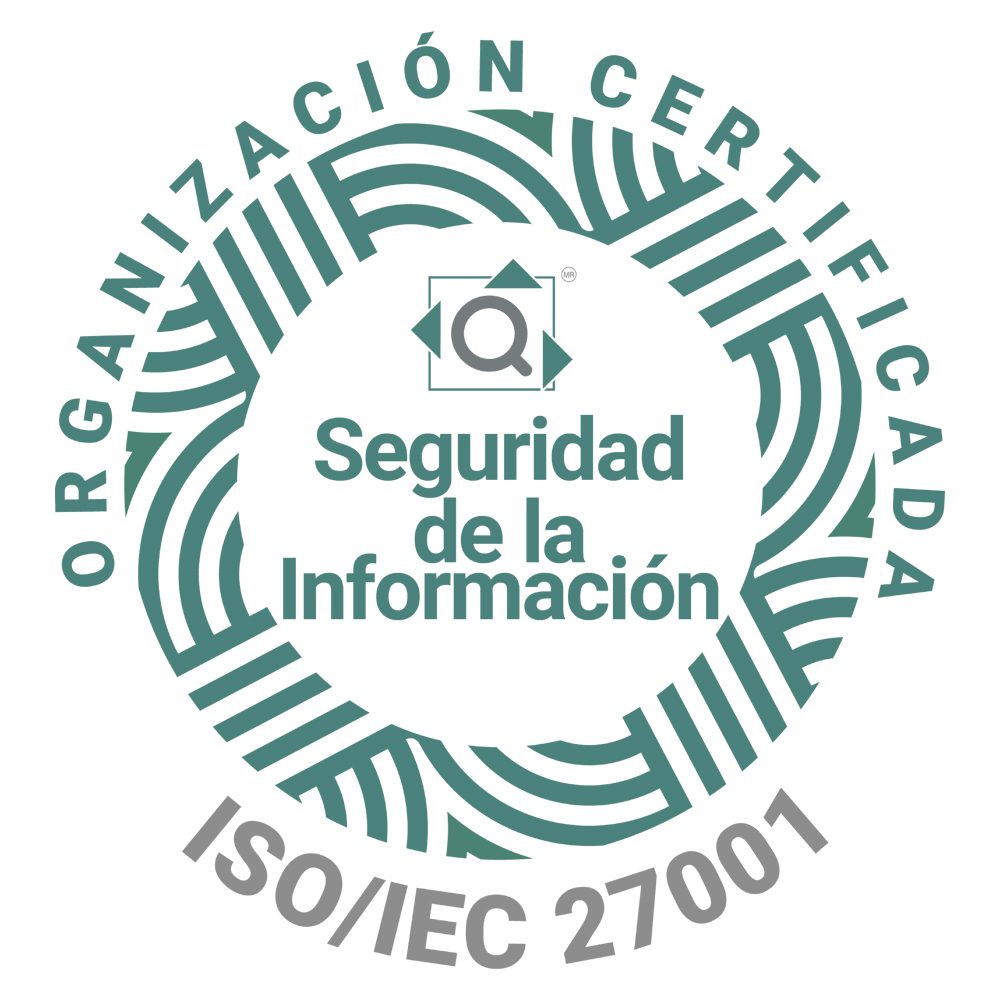
Servicios, Soluciones y Consultoría Multinube
Somos el aliado perfecto para las organizaciones que desean iniciar su camino hacia la nube, o bien, optimizar, modernizar e incrementar los beneficios del cloud en sus proyectos actuales.

Servicios, Soluciones y Consultoría Multinube
Somos el aliado perfecto para las organizaciones que desean iniciar su camino hacia la nube, o bien, optimizar, modernizar e incrementar los beneficios del cloud en sus proyectos actuales.
Aseguramos que nuestros clientes mejoren sus resultados
de negocio con soluciones tecnológicas innovadoras
En Itera nos especializamos en acelerar la transformación digital de tu compañía y garantizar la mejora continua con soluciones multinube, consultoría de procesos, servicios administrados 24×7, proyectos de migración masiva y acceso a los principales beneficios, programas e incentivos de partners estratégicos líderes en el sector como lo son Amazon Web Services (AWS), Microsoft y Google Cloud.
Ayudamos a nuestros clientes a evolucionar hacia la empresa digital a través de la Modernización de Aplicaciones; detonamos el poder de la analítica empresarial para la toma de decisiones Data Driven; cubrimos de manera holística las necesidades de Ciberseguridad Cloud con Trend Micro y Fortinet; e impulsamos Metodologías de Trabajo Ágil con tecnología y servicios profesionales de la mano de Atlassian.

¡En Itera hacemos que las cosas sucedan!
La innovación y la competitividad como núcleo del crecimiento de tu negocio está en la nube. Por eso ponemos a tu disposición las más vanguardistas soluciones de consultoría empresarial bajo un enfoque que mejorará el rendimiento, la escalabilidad y la reducción de costos de tus proyectos.
¡En Itera hacemos que las cosas sucedan!
La innovación y la competitividad como núcleo del crecimiento de tu negocio está en la nube. Por eso ponemos a tu disposición las más vanguardistas soluciones de consultoría empresarial bajo un enfoque que mejorará el rendimiento, la escalabilidad y la reducción de costos de tu compañía.

Gen AI

Cloud Governance
Nuestro approach estratégico
Nuestros números
Casos de Éxito
Itera ha liderado múltiples iniciativas de TI y proyectos de nube, optimización de infraestructura, migración cloud y modernización de arquitecturas, consolidando decenas de Casos de Éxito a nivel internacional que se traducen en beneficios para nuestros clientes en sectores diversos.
Nuestras certificaciones internacionales
Nuestros servicios multinube operan bajo un modelo de implementación ágil, basado en las mejores prácticas y estándares de clase mundial,
además de encontrarse soportado bajo certificaciones que garantizan soluciones tecnológicas de la más alta calidad para nuestros clientes.


en la nube y mesa de servicios.

ISO 37001:2016
Alcance: Servicios administrados de cómputo en la nube y mesa de servicios
Países: México y España

País: España


CMMI DEV 2.0
Alcance: Cloud Management Services and Software Factory
País: México

CMMI SVC 2.0
Alcance: Cloud Management Services and Software Factory
Países: México, Perú, Colombia y España
Como expertos multipremiados en las Mejores Prácticas de Arquitectura Cloud, desde Itera perfilamos la estrategia correcta para acelerar la transformación digital de tu negocio, detonando el máximo aprovechamiento de tu inversión, protocolos de ciberseguridad robustos, eficiencia en el rendimiento, fiabilidad absoluta, sostenibilidad en tus cargas de trabajo y excelencia operativa.
¡Contáctanos!
Estamos para apoyarte

México
Av. José Luis Lagrange #103, Piso 3
Polanco 1a Sección // C.P. 11510
Miguel Hidalgo – CDMX, México
Teléfono: (+52) (55) 3300 0650
eMail: info.mx.df@iteraprocess.com

España
Parque Tecnológico de Madrid
Calle Santiago Grisola #2 // C.P. 28760
Tres Cantos – Madrid, España
Teléfono: (+34) (91) 803 5954
eMail: info.es.mad@iteraprocess.com

Colombia
Calle 90 #14-16
Of. 505 // C.P. 110221
Cundinamarca, Colombia
Teléfono: (+57) (1) 600 7171
eMail: info.co.bog@iteraprocess.com

Perú
Calle 2 de Mayo 516,
oficina 204 // C.P. 15001
Miraflores – Lima, Perú
Teléfono: (+511) 717 5470
eMail: info.pe.li@iteraprocess.com

























